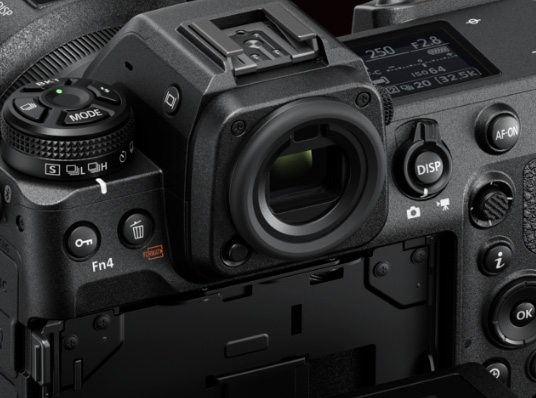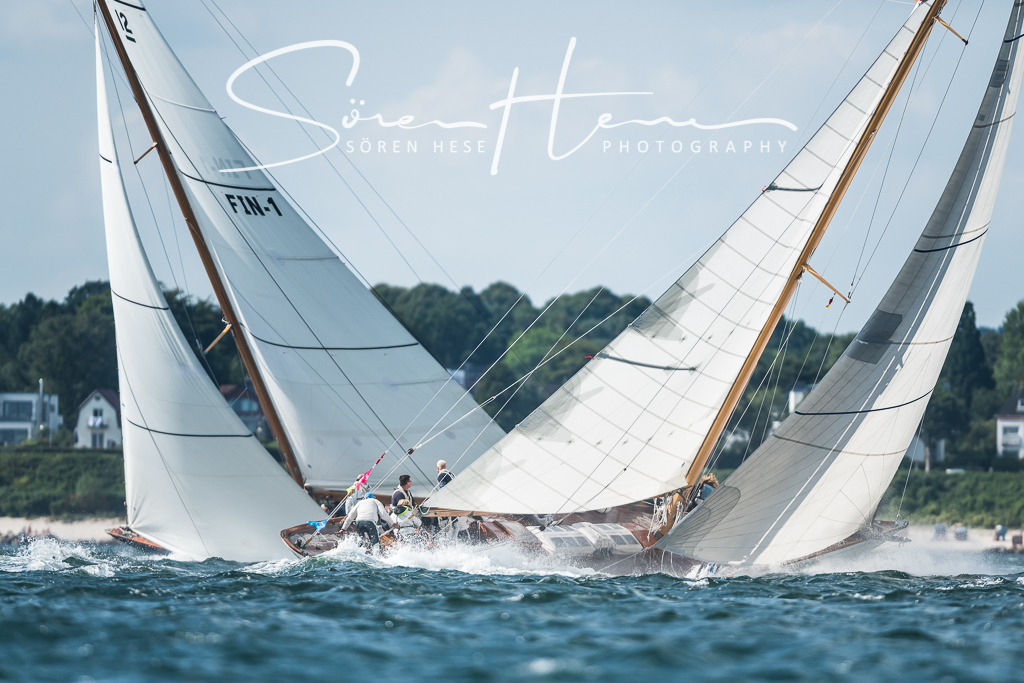Nikons Mirrorless Camera Ecosystem

Updated: 2023-06-02
To Z or not to Z … . The Z-series of Nikon cameras is the change from lens-reflex to mirrorless design in the Nikon camera ecosystem. Its this design change that Sony made years ago and where other camera manufacturers found their niche to survive against the big DSLR duopoly (Canon/Nikon). Since in a shrinking market the profits slowly are reduced – this is clearly the way to go: less parts, less costs and profits with big sensor design and new possible better/sharper lenses on a new very high density sensor with a bigger mount diameter and less lens-sensor distance.
So for most of us the switch to mirrorless is a natural step to upgrade to latest and best equipment. However in some photography domains the mirror-less design is just no yet clearly the best choice. In sports photography we need speed and battery capacity. Weight is not a concern since in sports photography the lenses are very heavy anyways – saving 500gr in body weight is useless when the lens wheigts above 5 kg and: the big sports tele lenses for the Nikon F-Mount are excellent, there is hardly much improvement when you fully move to the new S-Type tele lenses for the Z-Mount. Its different when we look at the Z wide angle lenses.
The switch to the mirror-less systems is discussed everywhere since years – and I did not comment much on it. Both concepts have its pro and cons right now. For me I didnt see the big advantage for what I do since I mostly do outdoors and heavy sports shootings with very long lenses and/or extreme wide lenses or T/S systems and having 20 fps or even 120 fps is overkill for most water shootings that I do. Maybe good for golfing and swimming sports – I guess als tennis and surfing and wave art. The Z won’t add much new possibilities for me for still photography and honestly if you are a doing stills-photography use what you have until it breaks. Power drain is higher with the Z cameras, you need new lenses to fully use the Z with all its advantages, overall the Z cameras are smaller – not an advantage for me – the old Z6 and Z7 systems had no battery pack (the mkII systems have one), the Z9 and these days the Z8 (with minor reservations: will need the battery pack and additional batteries and that brings the cam into Z9 territory – price wise) is finally where the “Z” becomes interesting for my kind of shootings but the investment is pretty high if you decide to go “full in” with new lenses (new set of trinity top f2.8 lenses) – so overall for me its wait and see what works for my style of shooting and what doesn’t.
Slomo frame rates: One big advantage of the mirrorless systems is however with filming and slomo footage. Here the Nikon Z8/Z9 beasts clearly are on my list. Mainly because these high frame rates and raw movie formats make the difference if we want to do stunning slo-mo footage. To create slomos, 120 fps are needed and if possible in 4k or 8k. The reasons we need these frame rates together with at least 4k and in RAW format are:
1. The slowing with frame interpolation from 120 fps to 10 fps is done with interpolation between frames. This creates new frames between the original frames. Usually we only go from 120 to 20 fps or so. This extreme slowing of the footage works nicely with very good codecs and/or raw movie formats are used where no compression-artifacts appears.
2. Filming slomos from a boat on water also needs very good stabilization. Easiest (cheapest) solution is image stabilizing in post processing – though lens VR and eVR can also help for very short sequences. In general on a boat its very difficult to stabilize a tele lens and having high resolution 4K or 8K footage allows cropping to the object in slomo footage in Adobe AfterEffects f.e. by readjusting every frame for the amount of movement in post. This works also in other software packages – the movements of objects in the frame are detected and in consequence the frames are shifted frame per frame to create a sequence of frames that is spatially stabilized. This mimics the full measurements of lens- and camera movements within a slomo data take. Lens and in-body stabilization can help for very short sequences but usually its just not removing enough movement from footage. With these extreme bandwidths with frame rates of the Z8/Z9 (8k 60p and 4k 120p) this can be done in 8K and stabilized footage could be in slow motion 4k resolution.
Frame rates and codecs with the Z8/Z9 are whopping – every step-up means 4x the amount of data):
FullHD 1920×1080 24/25/30/50/60/100/120fps
4K 3840×2160 24/25/30/50/60/100/120fps
8K 7680×4320 24/25/30/60fps
But thats not all, the Z8/Z9 can write directly to card some raw formats, namely Apples 12-bit ProRes RAW HQ video format and N-RAW .NEV file format from Nikon. This is much better then saving in H.265 or H.264 (these are compressed formats called AVC – Advanced Video Coding using MPEG-4 block oriented motion compensation based compression algorithms that are really not good usable for frame interpolation). The H.264 and H.265 formats are good if you have to stay in low bit rates – so capturing 8K in H.265 is about 400 Mbps while 8K in RAW is about 6000 Mbps. So the Z8/Z9 allows extreme bit rates to be saved.
AF-Performance: The Z8/Z9 cameras also seem to have the edge when it comes to Autofocus performance. This is mainly due to the deep learning algorithm behind eye detection and object detection we see in various AF modes and wide area coverage over the full sensor region. Thats clearly something I would love to test but the AF-system of the D850 isnt so bad after all.
Since the market now quickly merges movies and stills, we all have to combine gear that does both: high frame-rate footage and high res still-photography. So priority for me is equipment that can quickly be switched between both worlds and thats where the Z-cameras come into the game (and where DSLRs are old tech and wont work). So yes I will slowly transform my setup to the Z-system but this is a very slow transformation where I will start with a dedicated movie high frame rate Z camera body in 23 first (likely a Z9 or a Z8 if at all available) and very much later update lenses – primarily starting with the 14-24 f2.8 S version.
DSLR technology development in my opinions has clearly reached a “last camera syndrome” point. Lots of photographers with a D850 /D5 /D6 combo are hesitating to switch to the Z8/Z9. The industry told us for years this is the best cake you can get for 4-6k bugs and now its clearly repeating the thing. You cannot milk the cow so often. This line is slowly flattening imo and this effect will slow the transition to the Z cameras imo. Those who are doing stills-only will now be carefully looking at their RAW files and will find hardly a difference in image quality between a Z9 and a D850 – and why should they than put 10-15k Euro on the desk to upgrade their systems? The Z8 might be the new D850 but RAW file comparisons tells these guys something different.
Its all about the lenses!
Keep in mind that for most of our photography the lenses make the difference not the camera bodies. I would call my self a “Lens-Guy” – mainly thats what makes the difference when you want to realize and visualize ideas. So investing in new lenses makes usually more sense than directly buying into the latest and best camera body – especially since you always pay premium prices for the latest gear. BUT – if you are planning to use the most recent frame rates in uncompressed formats than go for the new Z bodies. Since you cannot use a Z mount lens on an F-mount DSLR (there is no optical adapter) you have to buy a Z body to be able to use the S-Line lenses. Using a Z-body however you can use all F-mount lenses with an adapter. So the transition with long F-mount lenses is easy. There are also so many F-mount lenses out there: from 800 mm to 10 mm, Tilt/Shift and mirror tele lenses, macro lenses, ultra wide lenses, manual AIS lenses from the 70s and 80s, most modern S-line f1.2 lenses – they will all work on the Z bodies (some old tech versions only with restrictions – AF-D and AI / AIS).
So exciting times ahead again for high speedy photography.
